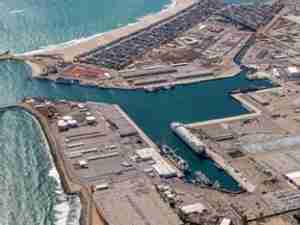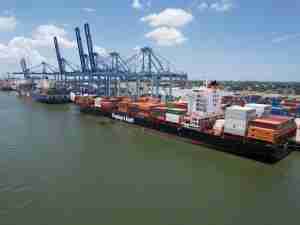The Maritime Exchange for the Delaware River and Bay today announced the tristate port vessel arrival statistics for 2021. “Despite the challenges associated with the global supply chain, the Delaware River ended the year in a strong position. From the perspective of ship calls, area marine terminals fared markedly better last year than in 2020,” said Maritime Exchange President Lisa Himber.
According to Maritime Exchange records, 2,312 ships arrived at Delaware River port facilities in 2021 compared to 2,195 arrivals in 2020. The region saw a 5.3% increase in vessel calls overall.
On the import side, steel ships saw the largest growth, jumping from 96 ships in 2020 to 121 in 2021, a 26% gain. Vehicles also saw a substantial increase, with year over year numbers climbing from 115 in 2020 to 135 last year, a bump of 17.4%. Containerized cargo continued its upward trend of the last few years, with 606 ships offloading containers in 2021 compared to 554 in 2020, a gain of 9.4%. Chemicals rounded out the top Delaware River imports, increasing from 91 to 103, or 13.2%. “Many factors are driving the cargo growth, most notably increased demand for building materials and new cars,” Himber said. “And the explosion in e-commerce and demand for consumer goods is unlikely to slow any time soon.”
The regional port continues to benefit from continued upward growth in export cargos, a trend that started slowly in 2016 and has gained momentum since then. Exports in the natural gas liquid segment remain strong, going from 239 outbound gas ships in 2020 to 313 in 2021, or a 31% gain. Export steel grew by 9.8% at 41 to 45 ships year over year, and 835 ships departed the Delaware River laden with containers in 2021, representing a 6.9% increase over the 781 ships in 2020.
Delaware River ports handle over 90 million tons of cargo each year. “The port is a huge economic engine for the tristate region,” Himber said. “It is responsible for nearly $80 billion in total economic activity and $2.6 billion in state and local taxes. All in—including direct, indirect, and related jobs—over 190,000 people owe their livelihoods at least to some extent to the regional maritime industry.”






_-_28de80_-_58820516bd428ab3fd376933932d068c43db9a4a_lqip.jpg)




